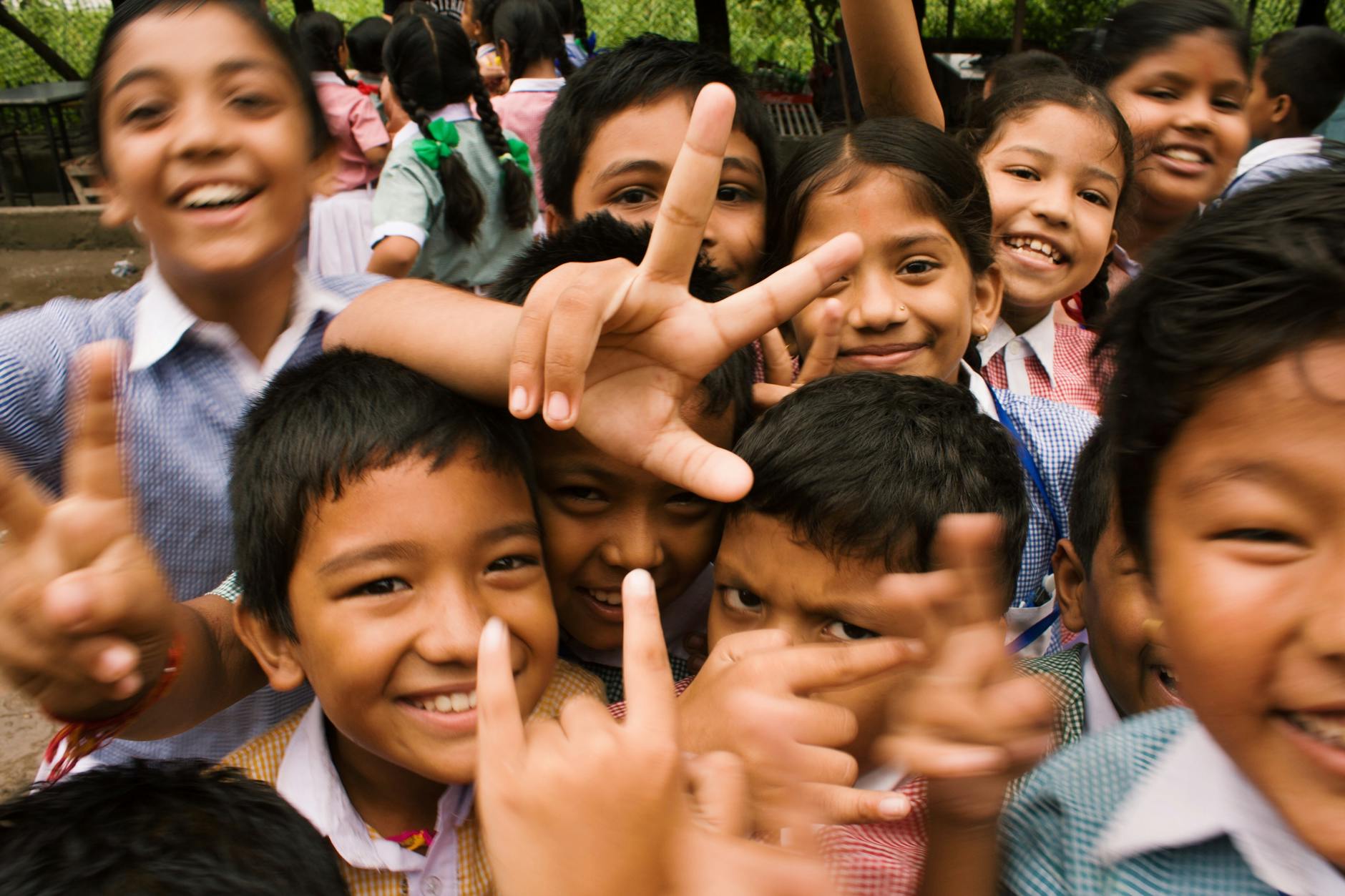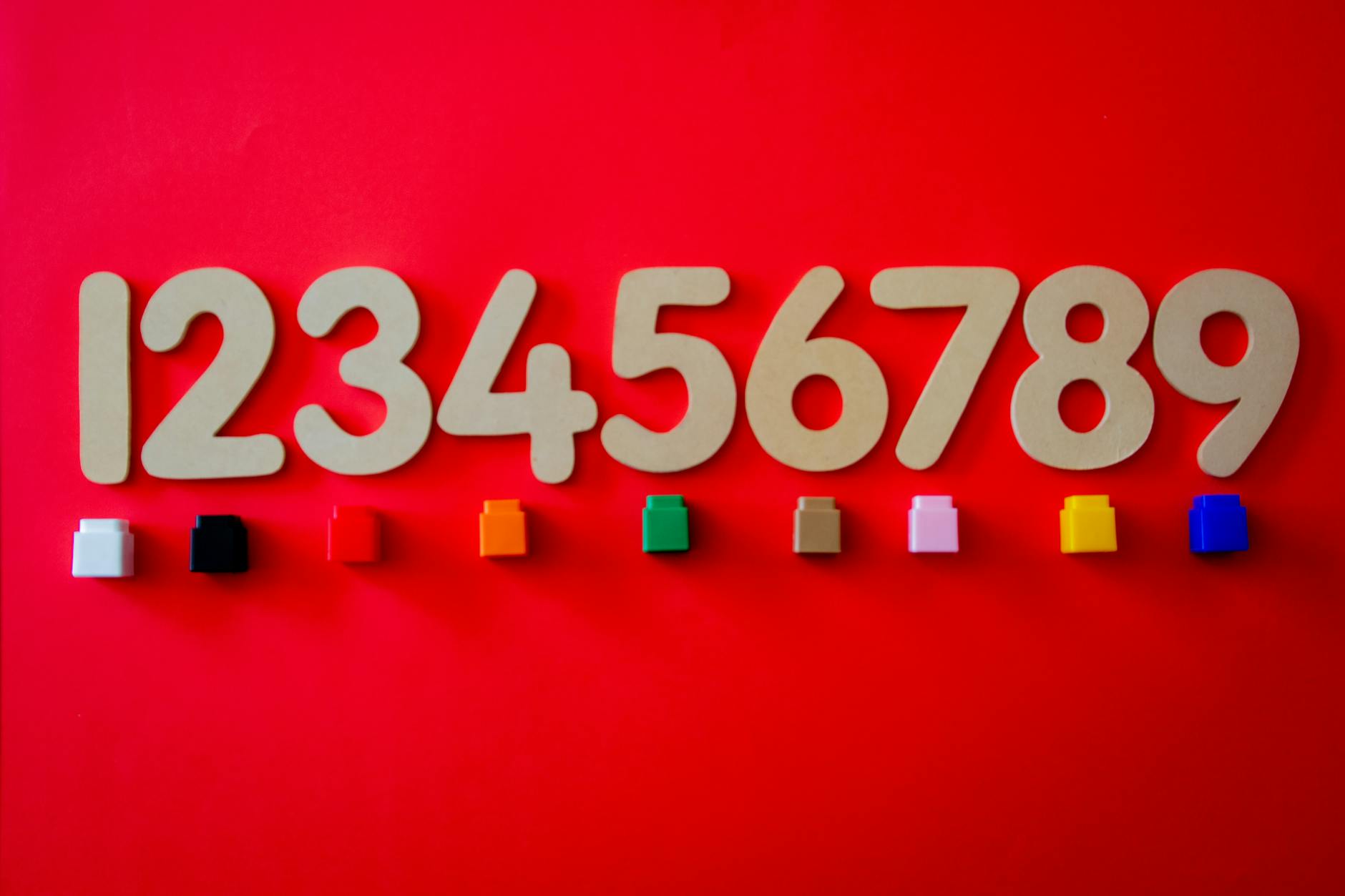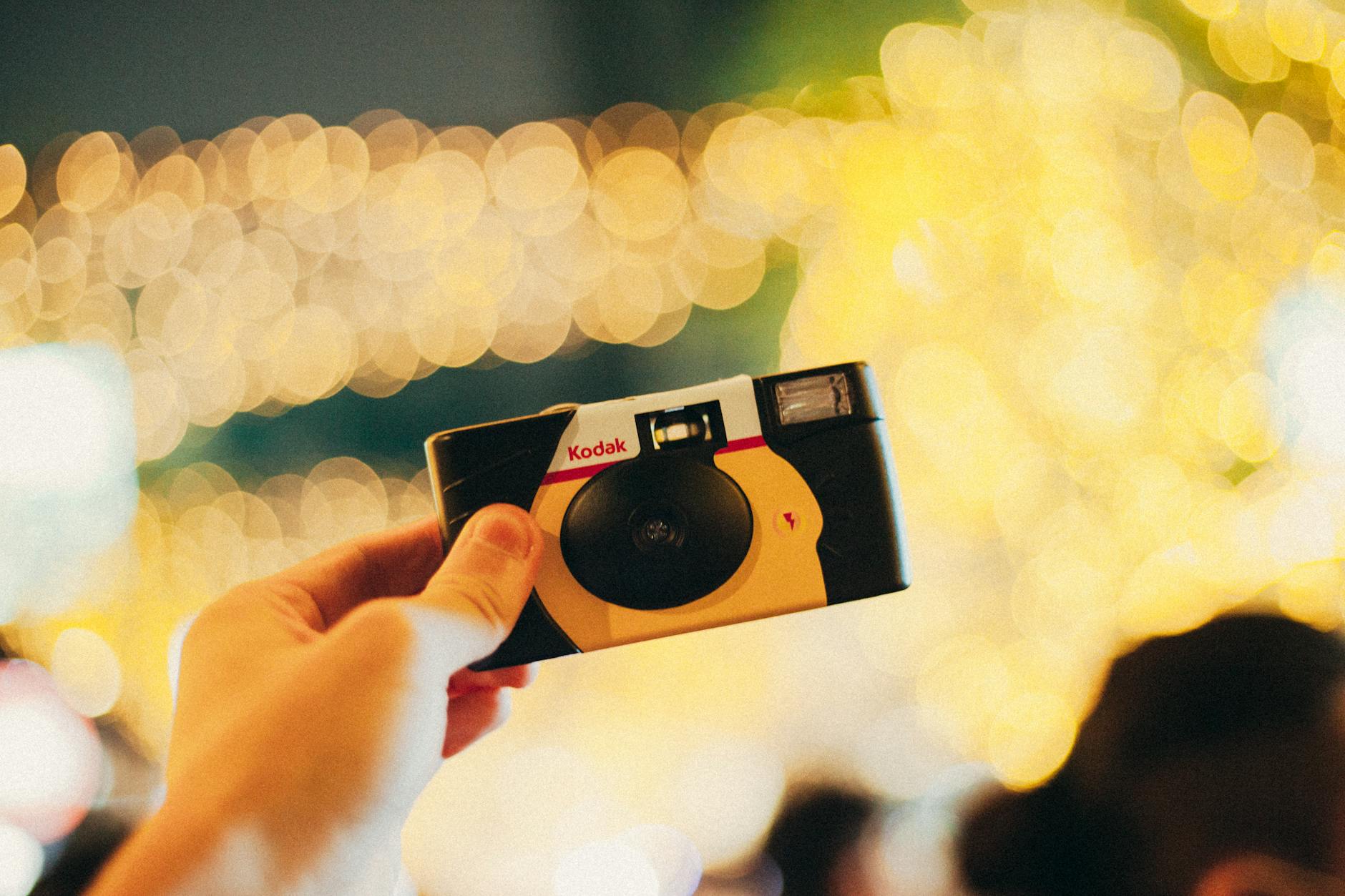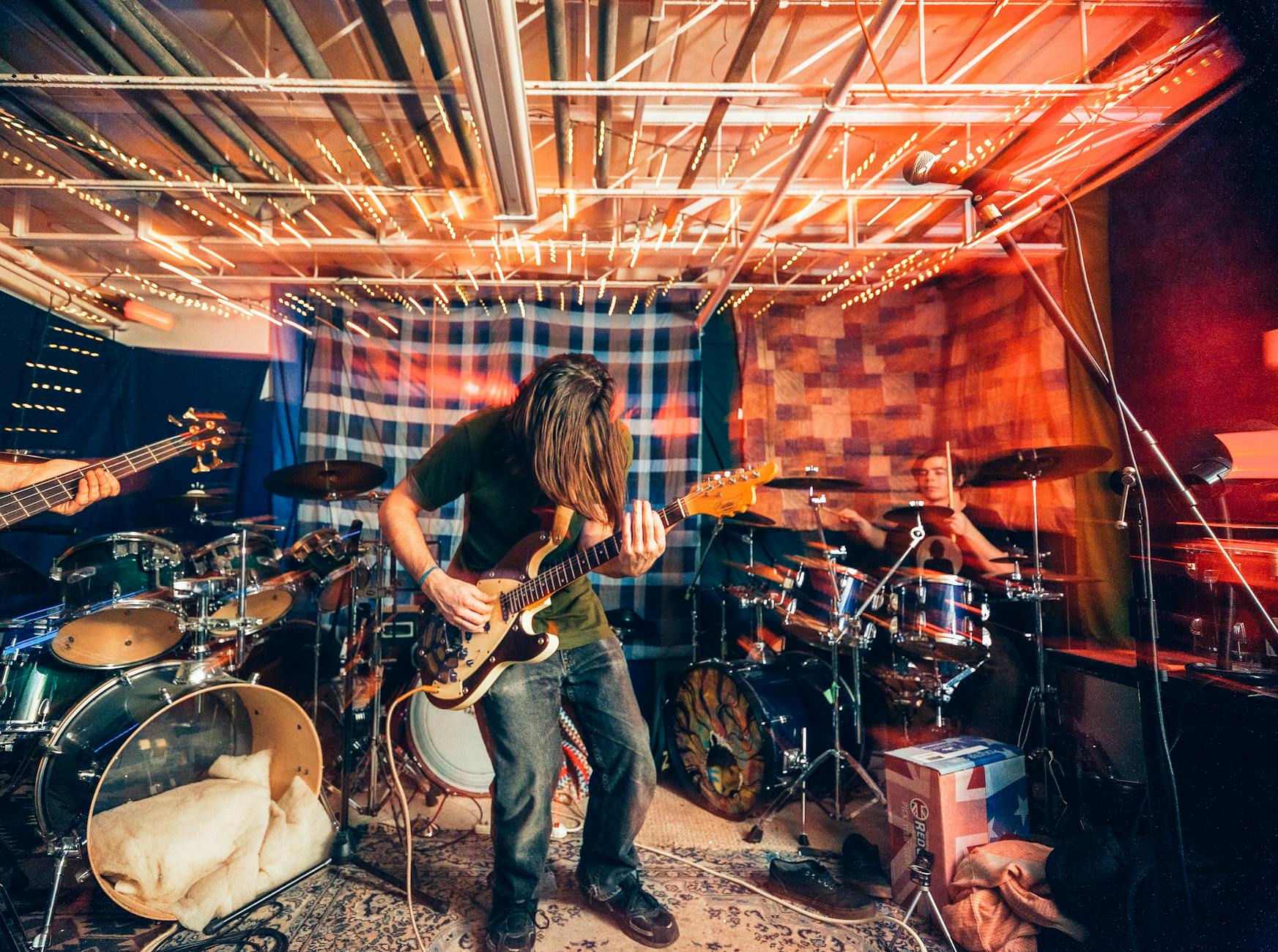
The dominant story about COVID-era school closures has been simple: remote learning hurt kids’ mental health. And for many, that’s true. National data show American teens reported more loneliness and more suicidal thoughts between 2019 and 2023, with isolation during lockdown often cited as the culprit.
But a new study complicates that narrative. Researchers analyzed survey data from more than 6,000 middle schoolers during the 2020–21 school year and found a striking divide:
- White and higher-income students were significantly happier and less stressed when attending school in person.
- Black, Latino, and low-income students often reported the opposite—feeling less stressed and sometimes even happier when learning remotely.
In other words, remote school wasn’t universally worse. For some groups, it offered a reprieve from stressful in-person school environments, from health risks during the pandemic, or from inequities baked into the classroom experience.
The findings don’t suggest remote school is “better” overall. Academic setbacks during closures were real and disproportionately hurt the very students who sometimes felt mentally healthier at home. Instead, the study is a reminder that school isn’t a neutral space. How students experience it depends deeply on race, income, and environment.
As the researchers note, it’s not enough to flatten the pandemic into a single story of harm. Different groups of students experienced it differently—and will need different supports moving forward. If schools want to be places where all kids can thrive, they’ll need to reckon with why in-person learning left some students more stressed than staying home.
The Eclectic Educator is a free resource for everyone passionate about education and creativity. If you enjoy the content and want to support the newsletter, consider becoming a paid subscriber. Your support helps keep the insights and inspiration coming!


